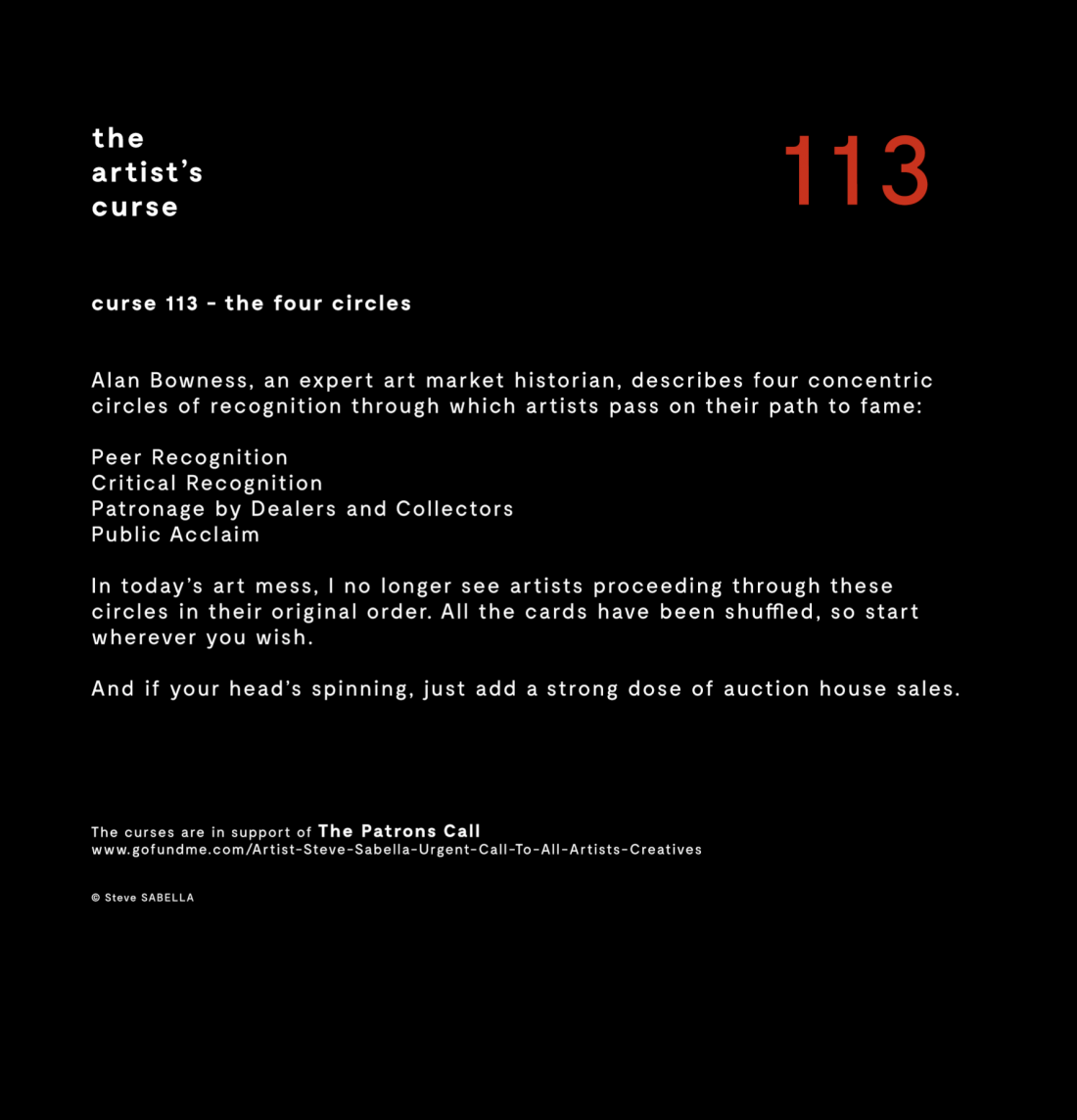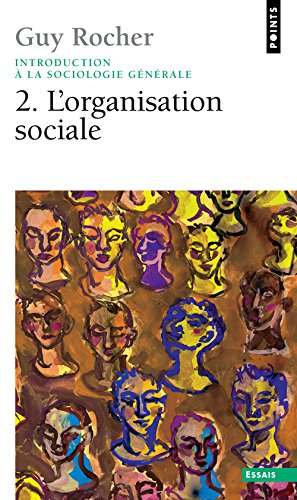
August Sander Pastrycook, 1928. © Die Photographische Sammlung/SK Stiftung Kultur – August Sander Archiv, Cologne; DACS, London, 2011. © Die Photographische Sammlung/SK Stiftung Kultur – August Sander Archiv, Cologne; DACS, London, 2011.
I have been inconstant about my favourite August Sander photograph. For a long time I had postcards of the three most perfectly Weimar of them pinned just to the right of my desk. The high-school graduate (1926), the secretary in a Cologne radio station (1931) and the wife of the painter Peter Abelen (1927/8). Three twisty Mannerist poses, three exquisitely languid cigarettes. Those three fabulous photographs are direct photographic parallels to the savage portrait of the journalist Sylvia von Hardem by Otto Dix, in her red-checked dress and monocle, which dates from 1926.
At other times, it’s been “The Three Farmers”, one of the very few photographs to inspire a full-length (and very good) novel: Three Farmers on their Way to a Dance by Richard Powers. Or the travelling mason at the bend in road, in his startling flared trousers and fancy waistcoat. The bartender, with his absurd black toupee . . .
It is conventional to read Sander’s portraits as historically and prophetically laden; they throw light back on the collapsing orders of 19th-century Germany, and forward to the horrors of the early 20th. His great catalogue, Men of the Twentieth Century, is cited as a fundamental source so often, and by people expressing so many different things in so many different ways, that it is sometimes hard to see quite what the original added up to.
In the end, it was a heroically ambitious project by a photographer at the peak of his powers, but even he didn’t quite know what it all meant. He was a politically cautious man moved to great anger. He was a local patriot from the Westerwald unable to conceal his contempt for some of what his world had fostered. I see Sander crashing the studio habits of the generation before his into the newer habits of lightweight portable cameras and available light. Above all, I see a true photographer; somebody who believed that if you just look well enough something will become clear.
Look at his “Konditormeister (Pastry Cook), Köln Lindenthal”, c.1928. See how his ring bites into that fleshy finger. See how he wears the pin-striped trousers and highly polished shoes of a master of his trade. See the tense compromise between the strength of his right fist and the delicacy of those fingers in his left hand. Remember, if you will, that this man must have served in the Great War, and try to imagine what that left in him. See the three great round curves, of his head, his torso, and his mixing bowl. Admire the dusting of flour or sugar on the floor. Admire the way his coat has so much texture it’s almost a skin. And once you’ve done all that, see if you really can read the odd expression in his eyes. He looks a bully, but he wanted Sander to approve of him. You won’t lose interest. This is a masterpiece.
Advertisements Share this:




